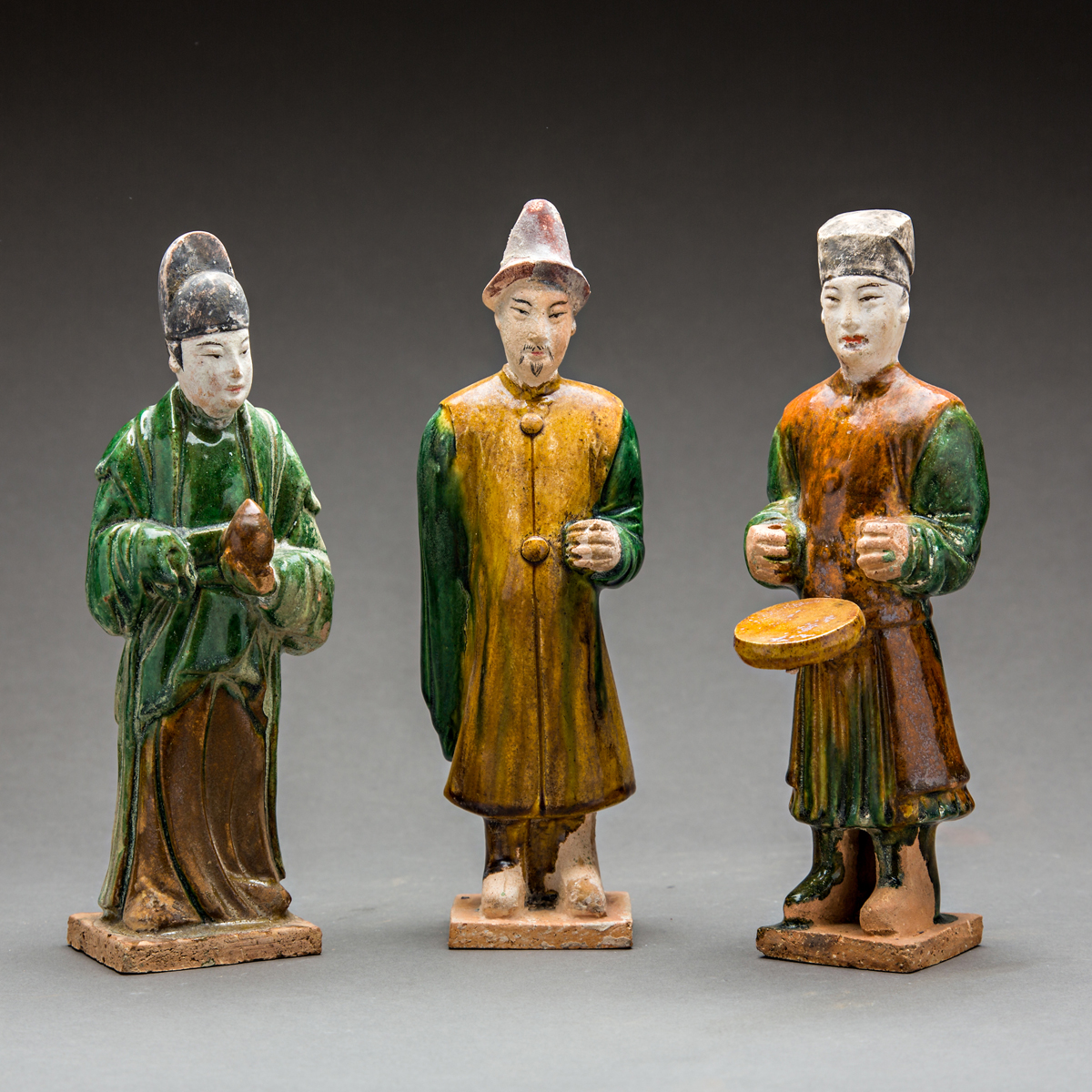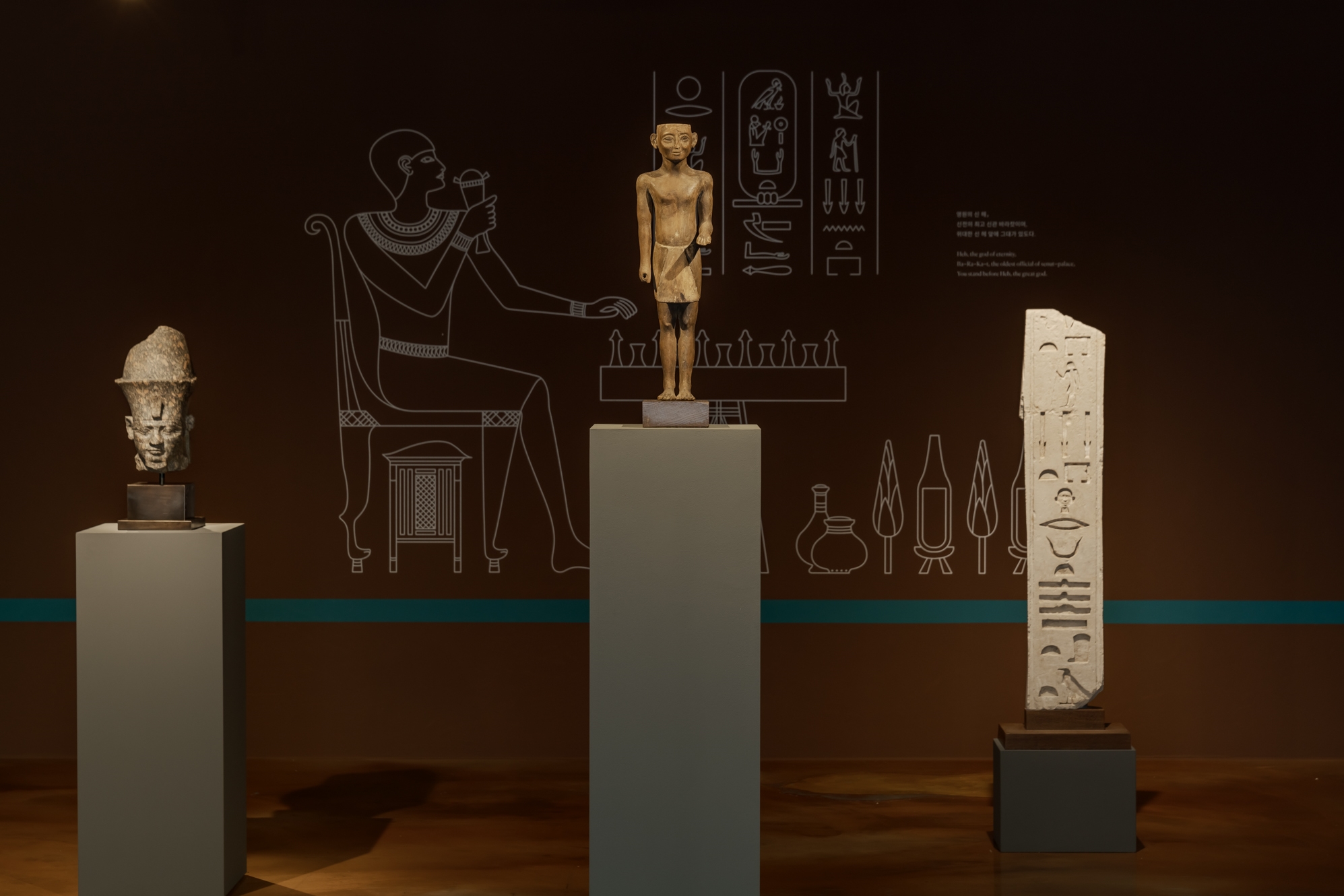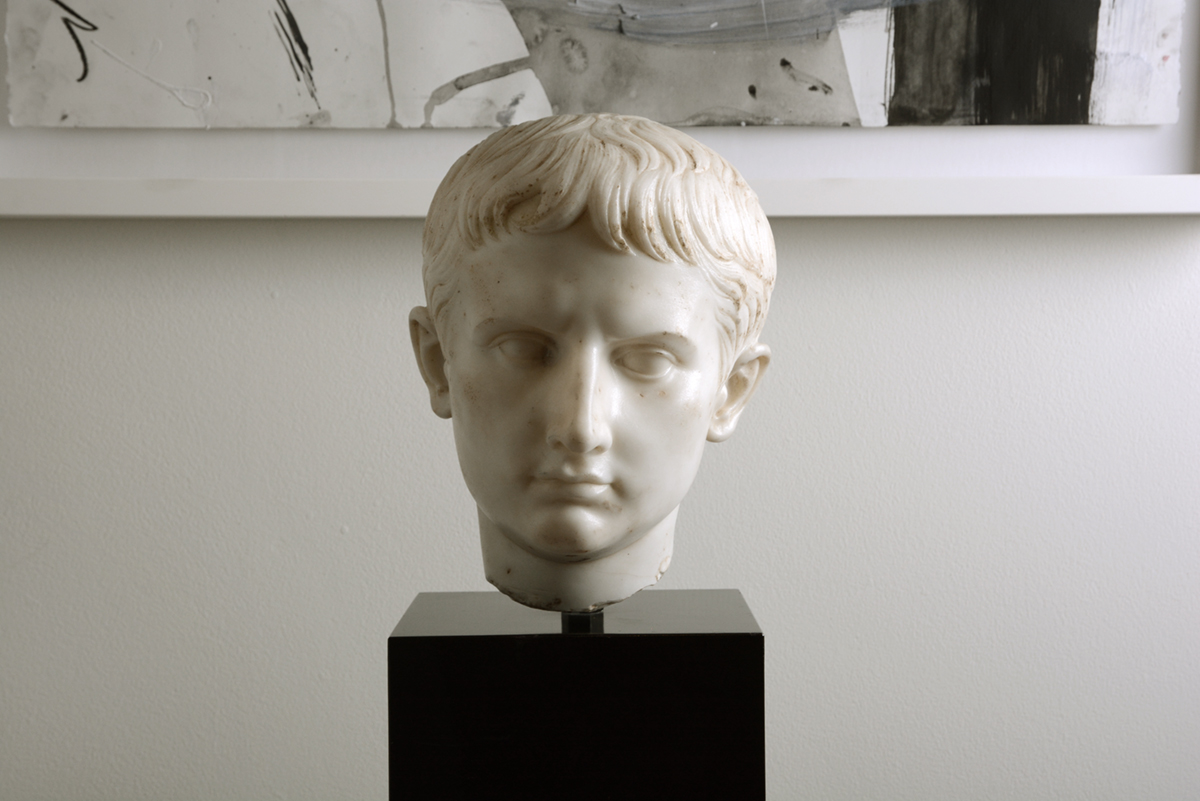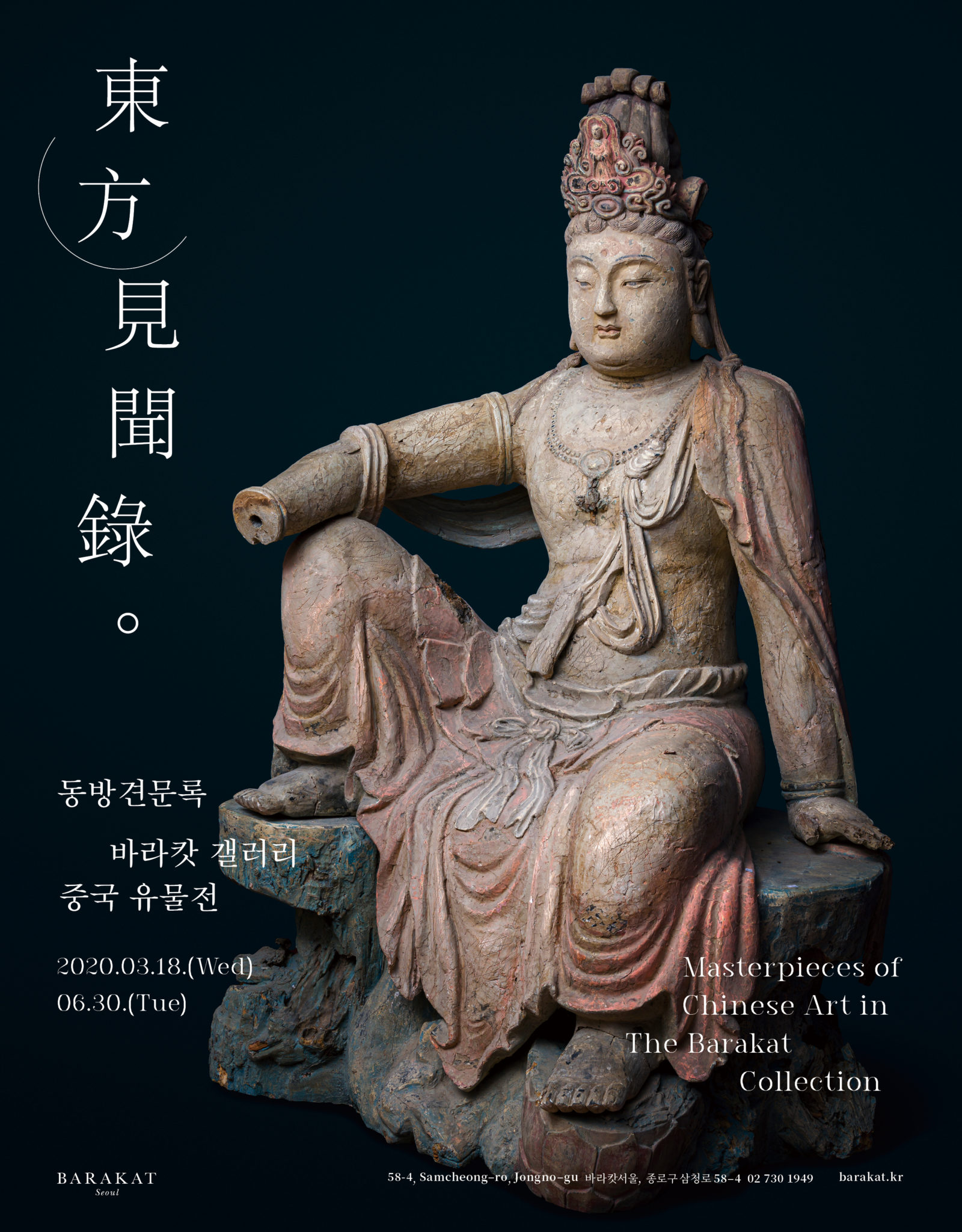You can tell a lot about a culture by how they bury their dead. In the case of Ming Dynasty (1368–1644) China, the sculptural figures found in tombs tell the story of everyday life more than 500 years ago. To find out more about these curious sculptures, we went to Lofty expert Amanda Miller, a specialist in Chinese and Japanese decorative arts with more than a decade of auction house experience, for the scoop on these buried treasures.
So what are funerary statues exactly?
In many cultures, when important people die… they bury precious things with them, or things to help them in the afterlife. The greatest architectural finds came from tombs and China is no exception. There are still tombs being discovered all the time in China. Going back at least 2,000 years you often have a lot of these ceramics that were sometimes vessels to store food or water in. Starting in the Song Period you’ll often have these sculptural figurines: maybe musicians to entertain the person, maybe horses, maybe camels, maybe attendants—better they bury these things than real people.
This sounds like those famous terracotta soldiers?
The Qin Dynasty standing life-sized figures found in Xi’an—those are the most famous ones, but there are much smaller scale versions, particularly in the Song through the Ming. During the Ming period, there were tons of these small-scale figures; they’d sometimes bury a whole feast with little pottery food, or a whole farmyard, where you could have your pigs and your cows, everything with you, including the little barn. They really give you a taste of life.
What’s the market like for these Ming figures?
They’re not terribly expensive because so many were made, so many were buried and so many have been dug up, especially in the last 20 years. You actually have fewer problems with reproductions for this reason. China has such a long history the Ming Period isn’t antique in the same way that an earlier piece would be—the frame of reference for time is much longer. So they’re absolutely charming, and they’re very affordable.
What types of things should buyers be looking for?
These pieces are sculptural, and so as with any sculpture there’s varying qualities of sculpting. There’s sometimes you’ll see a model of a chicken that looks like a blob with a tail. That’s going to be less valuable than one that’s exquisitely modeled. Something should have an appealing face if it’s a figure or an animal. The proportions should make sense. If something is very awkward looking, that’s less desirable. It should make you smile. The piece should make you happy to look at it, just like any art.
What about condition issues? When should a buyer walk away from a piece?
A lot of the figural pieces from the Ming Dynasty, their bodies were actually made separately than their heads. So the heads actually kind of wobble within the necks and you can just lift them out. So that’s not a concern—they are made like that. Often, for that reason, heads get switched around. You need to look and make sure they match, that they makes sense together, that they’re proportional, and that the head of a man is on the body of a man, that kind of thing.
You expect burial figures not to be perfect. The Ming figures tend to be more compact in the way they were constructed, so they often have less problems than, say, some of the Tang figures. The Tang horses had very attenuated legs and bodies; it’s very easy for them to break, whereas the Ming horses are much sturdier.
Chinese porcelain collectors are not forgiving about cracks and chips, but for these burial figures people are forgiving as long as they’re not too extreme. A little chip is not a big deal. It does matter if something’s been completely rebuilt. If it doesn’t impact the piece too much structurally or bother your eye too much, then it’s ok.
What should collectors do to make sure their figures last another few hundred years?
Fortunately, ceramics are pretty durable—as long as you don’t drop them. So the main thing is to make sure they’re on a stable shelf. The nice thing about ceramics is they don’t need the special care that many other things, such as works on paper or woodcarving, need. I know people who put their Ming porcelain in the dishwasher—some of these things survive at the bottom of the ocean for 500 years, so these ceramics are pretty durable.
What makes these pieces so appealing to collectors?
It’s a window on the world. You can see how people were dressing, their hairstyles, you can see what they liked to do in their free time, you can see what they liked to eat, you can see what animals they kept. It’s a picture into the life of the time period.
To peer into the world of the Ming Dynasty for yourself, click on a handful of examples below, or discover the whole collection of Chinese funerary figures currently available at the Barakat Gallery
HERE.
Article from “Lofty Guides.” Posted by Mark Lurie, 2 years ago, RESOURCES





